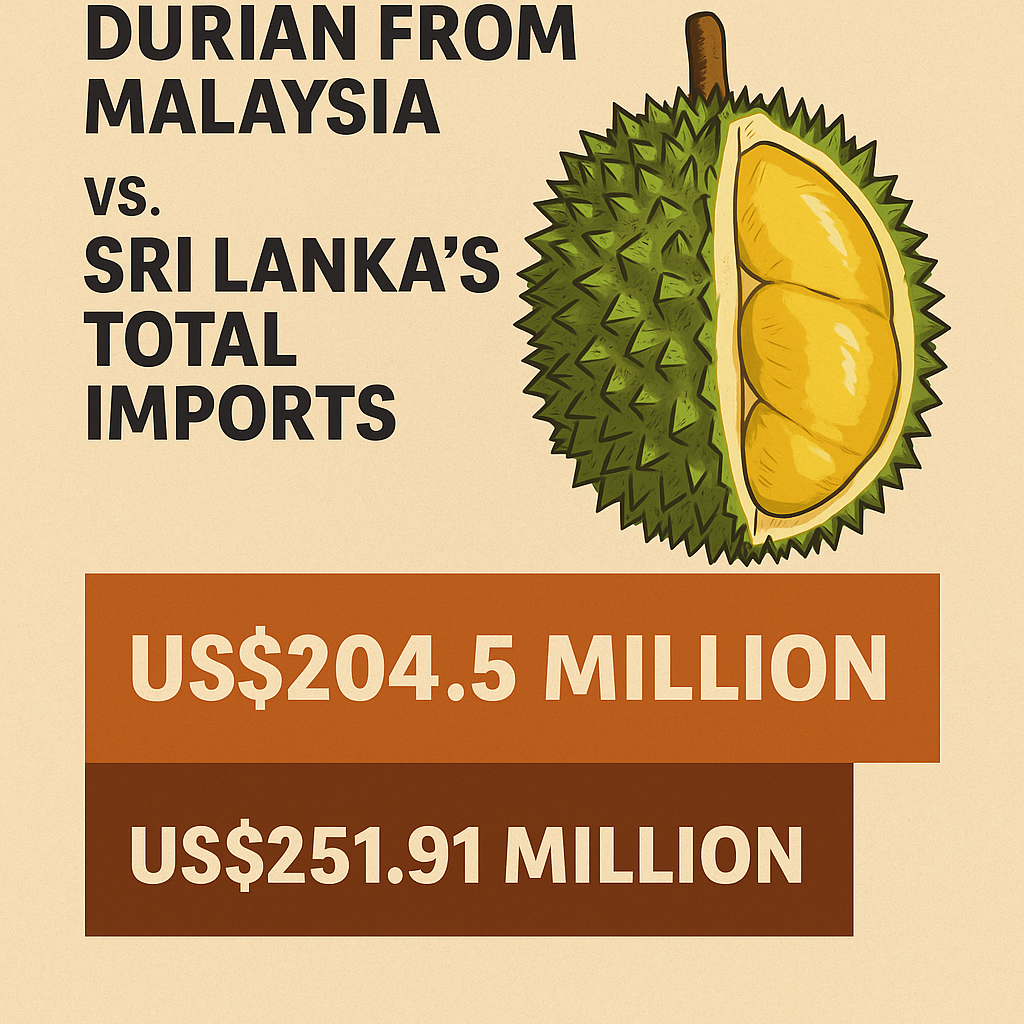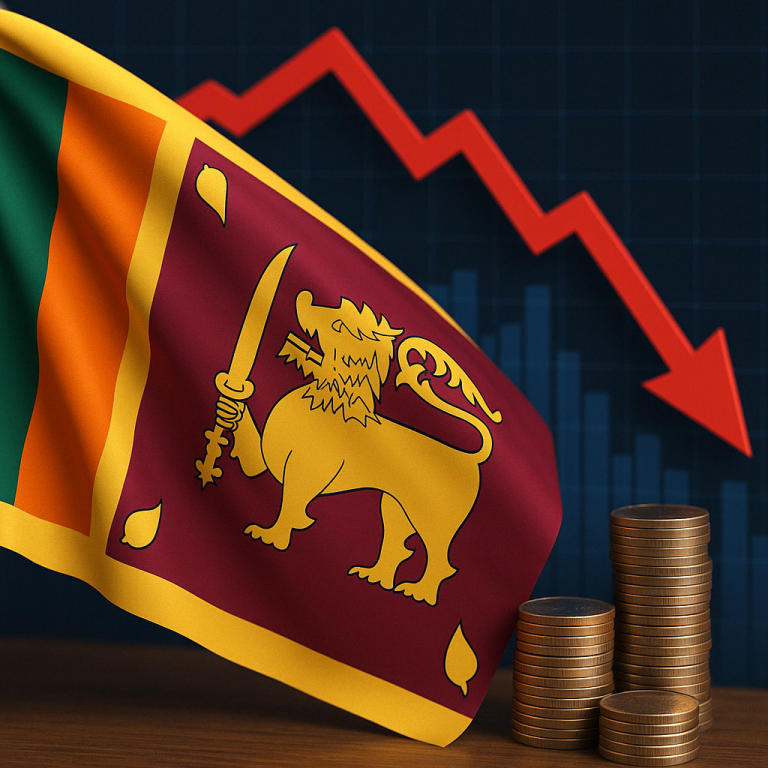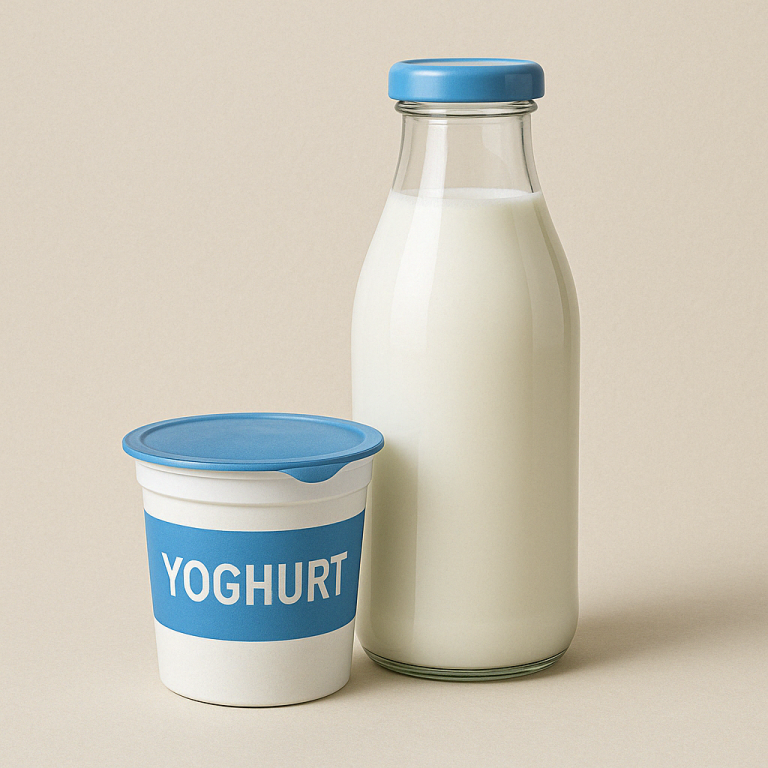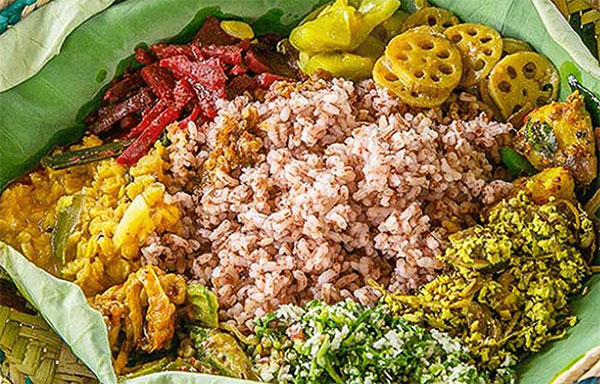China’s trade surplus with Sri Lanka surged to an all-time high of over US$4 billion (Rs. 1.195 trillion) in 2024, nearly doubling from the previous year and highlighting the growing imbalance in bilateral commerce.
According to official data, Sri Lanka exported just US$251.91 million worth of goods to China in 2024 — a 2% decline from 2023 — while importing goods worth over US$4.3 billion. The result is a stark trade disparity that continues to expand, despite long-standing calls for more balanced economic relations.
China’s top imports from Sri Lanka remain heavily concentrated, with bulk tea leading at US$45.36 million, followed by activated carbon (US$24.5 million) and T-shirts (US$17.37 million). Beyond tea, no other agricultural products feature in China’s top 20 imports from Sri Lanka, reflecting a lack of product diversification.
To put the figure in perspective, China’s total imports from Sri Lanka in 2024 were barely higher than the US$204.5 million worth of durian fruit it imported from Malaysia in 2022, underscoring the minimal weight of Sri Lankan exports in China’s massive import market.
In contrast, Sri Lankan markets are flooded with low-cost imports from China, including low-quality electronics, plastic products, power tools, household hardware, and construction materials. Many of these goods originate from the Yiwu wholesale market in China’s Zhejiang province and are shipped in bulk, often through joint ventures between Sri Lankan and Chinese traders. Freight for a 20-foot container is advertised at around US$1,400, excluding additional charges.
Sri Lanka’s imports of electrical and electronic products from China alone reached US$792.18 million in 2024, more than doubling from US$339.4 million in the previous year. Woven fabric followed at US$509.93 million, while base metal products, including aluminium and copper, accounted for US$497 million in imports — further driving up the trade imbalance.
Among Sri Lanka’s top exporters to China in 2024 were MAS Capital (Private) Ltd (apparel), Mabroc Teas (Pvt) Ltd (tea), and InQube Global (Pvt) Ltd (garments). Treasury data reveals that many of these top exporters are Board of Investment (BOI) companies enjoying income tax holidays, raising questions about the net benefit to the state from these limited export earnings.
Sri Lanka’s overall trade deficit reached US$6.1 billion in 2024, expanding to 6.1% of GDP. While India remained Sri Lanka’s largest trading partner with US$4.8 billion in bilateral trade, China’s growing surplus presents a deeper challenge for the country’s already fragile external sector.







